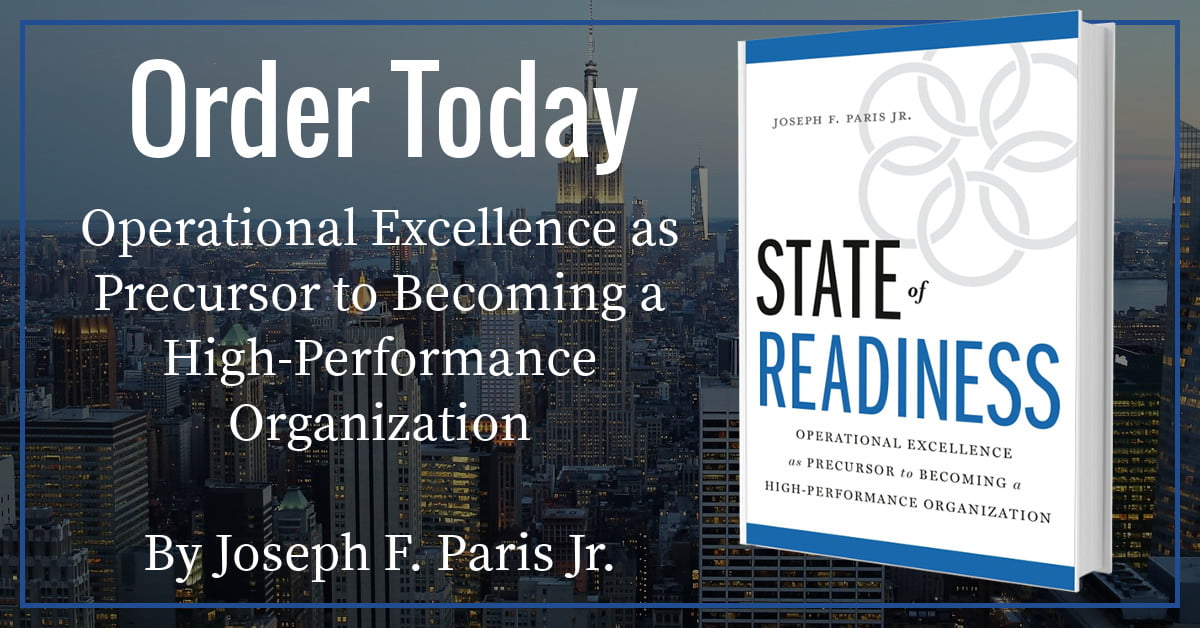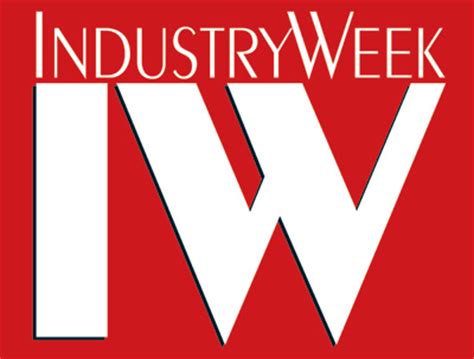Compete on price, go out of business.
I spend a lot of time in the world of “Continuous Improvement”. I speak on the subject at Conferences and Universities around the world. I write articles about it. I am even on the Editorial Board of the Lean Management Journal. So I guess that I spend more than just time, I am thoroughly invested in all efforts related to Continuous Improvement.
But there is one consistent and underlying theme that seems to ebb into every conversation related to Continuous Improvement – almost at the expense of all other conversations on the subject – and that is an emphasis on eliminating waste and cutting costs as the dominate path to success. To me, this is wrong-minded at best, and threatens the long-term viability of a company (or industry) at worst. I would even go as far as to say this outlook might be the result of leadership lacking imagination and inability to formulate a proper business strategy.

Consider the origins of companies. All of the very best companies that exist have a passion for driving value to the customer through innovation, imagination and risk first – not cost reduction. In fact, I would argue that a company is post-apogee when the emphasis on cutting costs overtakes the emphasis on innovation. And I am sure it is no coincidence that there is no such company that comes to mind that got its start in government.
Jack Welch, (former CEO of GE) once infamously stated, “If a business is not first or second in its industry, it should be sold or closed.” In my opinion, there are really only two ways to accomplish this goal…
Being #1: Be the industry innovation leader.
Whether you are Tiffany’s, Rolex, or even Nike; being the industry leader is a very special place for your business to be. You don’t have customers as much as you have fans – and these fans are willing to spend a premium to be part of the “story”, a member of the cult. These companies are more concerned about protecting their “mystique” than about the cost of producing their product.
… There rarely exists more than one innovation leader in an industry.
Being #2: Be big enough to chase the industry innovation leader on price.
If you can’t be the innovation leader, the only other way you can be competitive is to offer an alternative to the innovation leader at a better price-point for the consumer. In most cases, being #2 will require that chasing #1 is not your “core business”, but that you can leverage existing supply-chains, production capacity, and cost-saving measures to offer an alternative to #1 at a more attractive price-point.
The most obvious example of this dynamic would be Apple versus Samsung.
It is almost beyond dispute that Apple is #1; being the innovation leader when it comes to portable telephony (mobile phones and tablet computers) and with the integration capabilities with the “ecosystem” that supports these devices such as iTunes. Interestingly, Apple’s “computer” business (which still exists and was the foundation of the company) has fallen into the shadows.
Samsung (the present #2) is a South Korean “Chaebol” (family-controlled conglomerate) founded in 1938. It has a business legacy in electronics with Samsung Electronics – the largest Information Technology company in the world (measured by revenue in 2011). As such, Samsung has been able to leverage its experience and capabilities to chase Apple on both price and performance – and specifically targeting those consumers who don’t want to “drink the Apple Cool-Aid”. Samsung has been so successful in the execution of its strategy and the leveraging of its resources and competencies that some if its products demand a premium price to that of Apple. As such, it is no surprise that Samsung has earned the attention of Apple with respect to infringements of Apple’s intellectual property (IP).
That leaves Blackberry, HTC, LG, Nokia, Motorola, etc… all in the unenvied position of being #3 and beyond. How each is able to forge a path to survival will be a real challenge.
Another industry that has an interesting dynamic is commercial aerospace.
Consider, if you will, that nearly every company associated with the airline industry makes fairly healthy margins; the companies that make the aircraft (such as Boeing, EADS, etc…) and components (GE, Rolls Royce, etc…), the companies that sell the tickets (Kayak, Orbitz, etc…) by cross-selling to hotels and auto-rentals, the companies that sell the fuel and maintenance services – nearly everyone.
The only companies in the airline industry that actually don’t make any real healthy margins on a consistent (or regular) basis are the airlines themselves. In fact, I don’t understand why anyone would want to be an investor in any airline.
Most airlines make the vast majority of their flying profit on “long-haul” flights (such as trans-Atlantic) out of the largest airports. And they use their regional fleet as feeders to their long-haul flights. With competition in the industry being fierce, the only real differentiator between the airlines is price and the convenience of connections – and both put pressures on margins.
The airlines have tried to counter these pressures on their margins by heaping penalties and abuses on their customers; baggage fees, change fees (often requiring the purchase of a new ticket), fees for getting boarding passes at the counter, fees for a beer, fees for even a snack, etc… All of which only serve to irritate, alienate, and erode the loyalty of their clients. Do you know of anyone who speaks of their favourite airline the same manner as someone who is a fan of Apple might speak of Apple?
… I didn’t think so.
The key to increased margins for the airline industry will be found in some innovation (or innovations) for customer services which are, as yet, undiscovered – preferably something that would be proprietary intellectual property that could be licensed to others.
Given my druthers, I will always invest in a company that has an emphasis on innovation over cost-cutting – and my second-best investment will be in #2. A company or an industry, where there is only an emphasis on cost-cutting, will never get my investment – and only reluctantly (never enthusiastically) my business as a customer.
About the author
Joseph Paris is an international expert in the field of Operational Excellence, organizational design, strategy development and deployment, and helping companies become high-performance organizations. His vehicles for change include being the Founder of; the XONITEK Group of Companies; the Operational Excellence Society; and the Readiness Institute.
He is a sought-after speaker and lecturer and his book, “State of Readiness” has been endorsed by senior leaders at some of the most respected companies in the world.
Click here to learn more about Joseph Paris or connect with him on LinkedIn.








